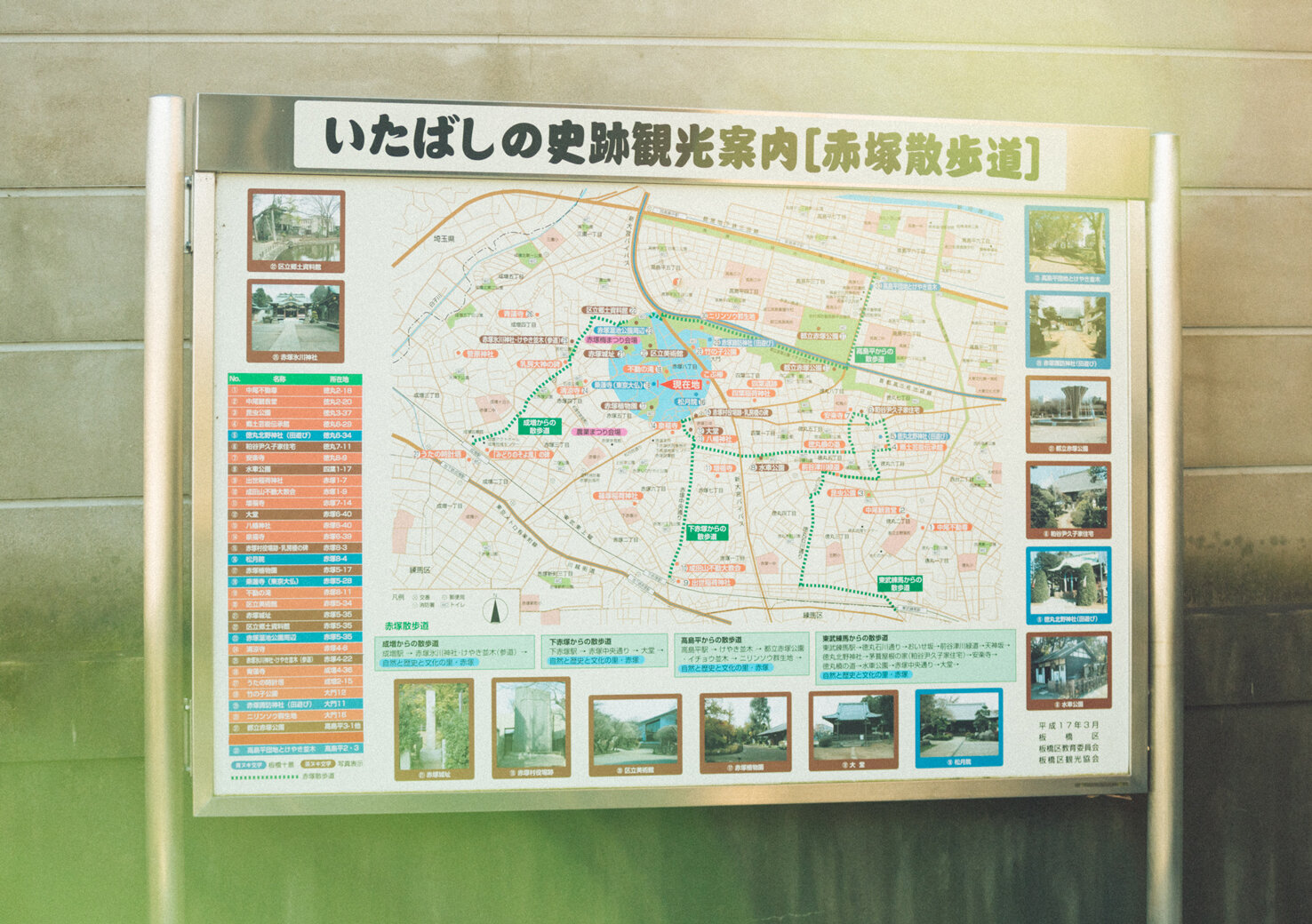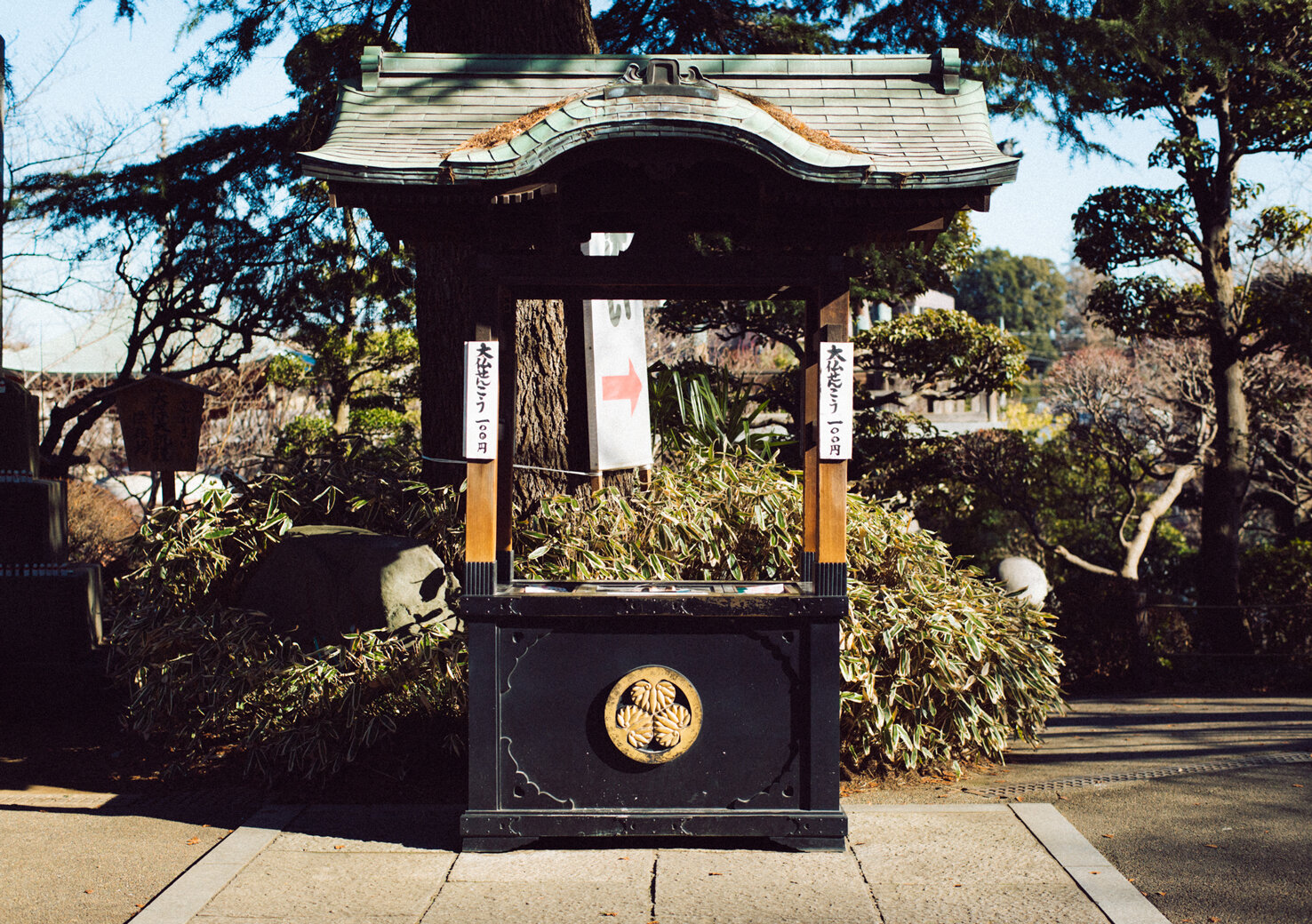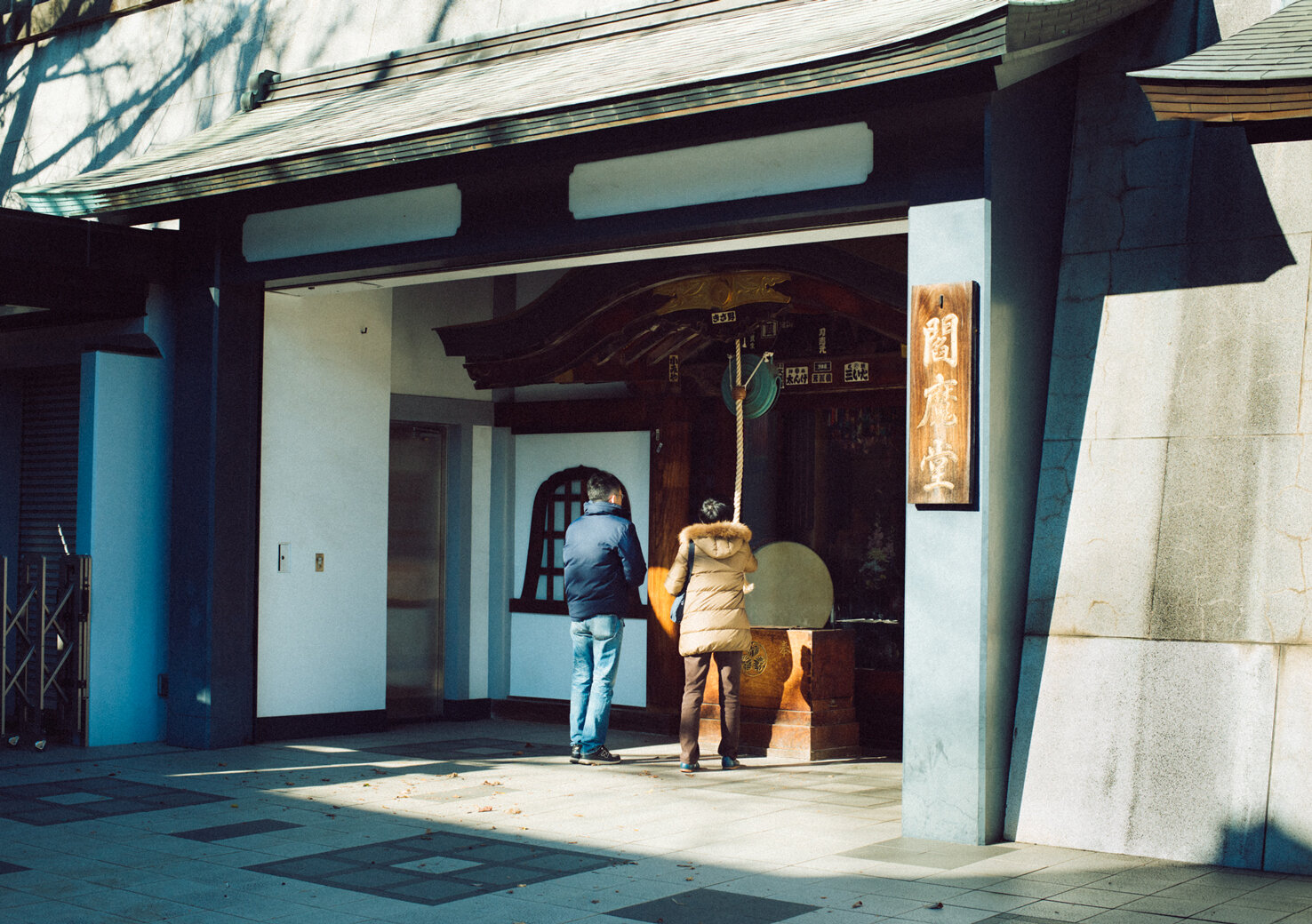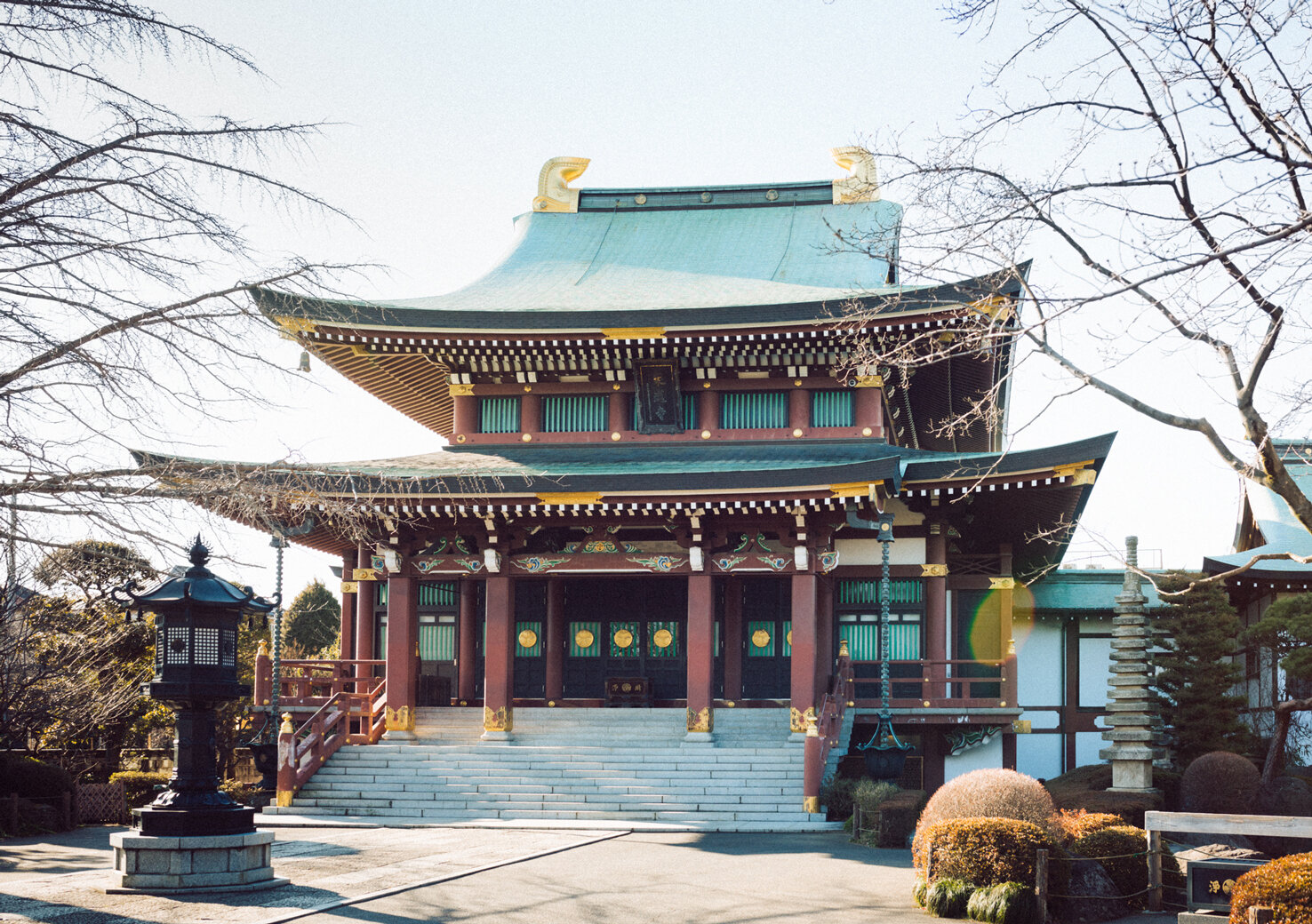Tokyo Daibutsu (the giant Buddha of Tokyo) at Jorenji Temple in Akatsuka, Itabashi City

Nara and Kamakura may come to mind when thinking of a giant Buddha statue but there is a fine one in Tokyo, too. Enshrined at Jorenji Temple in Akatsuka, Itabashi City, it is the third largest bronze Buddha in Japan and has been chosen as one of the One Hundred Views of New Tokyo. In the vicinity are Akatsuka Botanical Garden and Akatsuka Joshi Park, which encompasses Itabashi Historical Museum and Itabashi Art Museum, making it a perfect spot for a stroll.

Jorenji is a historic temple founded around 1400. It was located originally in Itabashi-shuku, a post station located on an ancient road called Nakasendo that connected Tokyo and Kyoto. The temple later had to be relocated due to highway construction and was established in its current location: the site of Akatsuka Castle's outer citadel. The giant Buddha was erected in 1977 in the hope that the area would not suffer damage from war and earthquakes.

Successive shoguns of the Tokugawa regime (1603-1868) designated Jorenji Temple as a shuinchi. This means that it was part of a territory of temples that was exempt from annual taxes and government-imposed labor, according to official documents published by the regime called shuinjo. The temple became a rest area for shogun families after the eighth generation shogun Yoshimune Tokugawa (1684-1751) took shelter from the rain during falconry hunting. If you take a survey of the precinct, you will find the Tokugawa family crest of triple hollyhock everywhere.
Just before the temple gate stands Enmado: the chamber of the god of hell Enma. Enshrined inside are a statue of Enma; Datsue-ba, known as the old woman who strips clothes off the dead; and Jyuou, the ten judges of hell. Countless colorful origami cranes are placed as an offering.

Up a flight of stone steps and through the temple gate where two guardian statues glare, you will find a giant Buddha on the right. It is about 12.5m tall and weighs about 32 tons. Its head is tilted forward slightly, allowing you to see its eyes when you pray. If you stand right below it and stare up, you might become overwhelmed by the Buddha's apparent state of freedom from distracting thoughts.

As you walk around the temple grounds, you will come across the Seven Deities of Good Luck as well as unique stone statues that are said to have been brought from the Korean peninsula by samurai Takatora Todo. While you explore, it is fun to find them and call out "here's another one!" Small onegai jizo or wish-granting statues also give out a warm feeling each time you encounter them.
Jorenji Temple gets crowded with worshippers during the New Year holidays, cherry blossom season in the spring, and leaf viewing season in the autumn. However it is normally rather tranquil. Smoke from incense rises inside the spacious temple grounds, and pails printed with triple hollyhocks are lined neatly. Visitors can have a peaceful time while watching the giant Buddha in its equanimous pose over Tokyo.
Address: 5-28-3 Akatsuka, Itabashi-ku
Open Hours: 8:00-16:00 (Last entry: 15:45)
Car parking available.
*This article was posted on the Life in Tokyo website operated by the Tokyo International Communication Committee on April 19, 2017.
